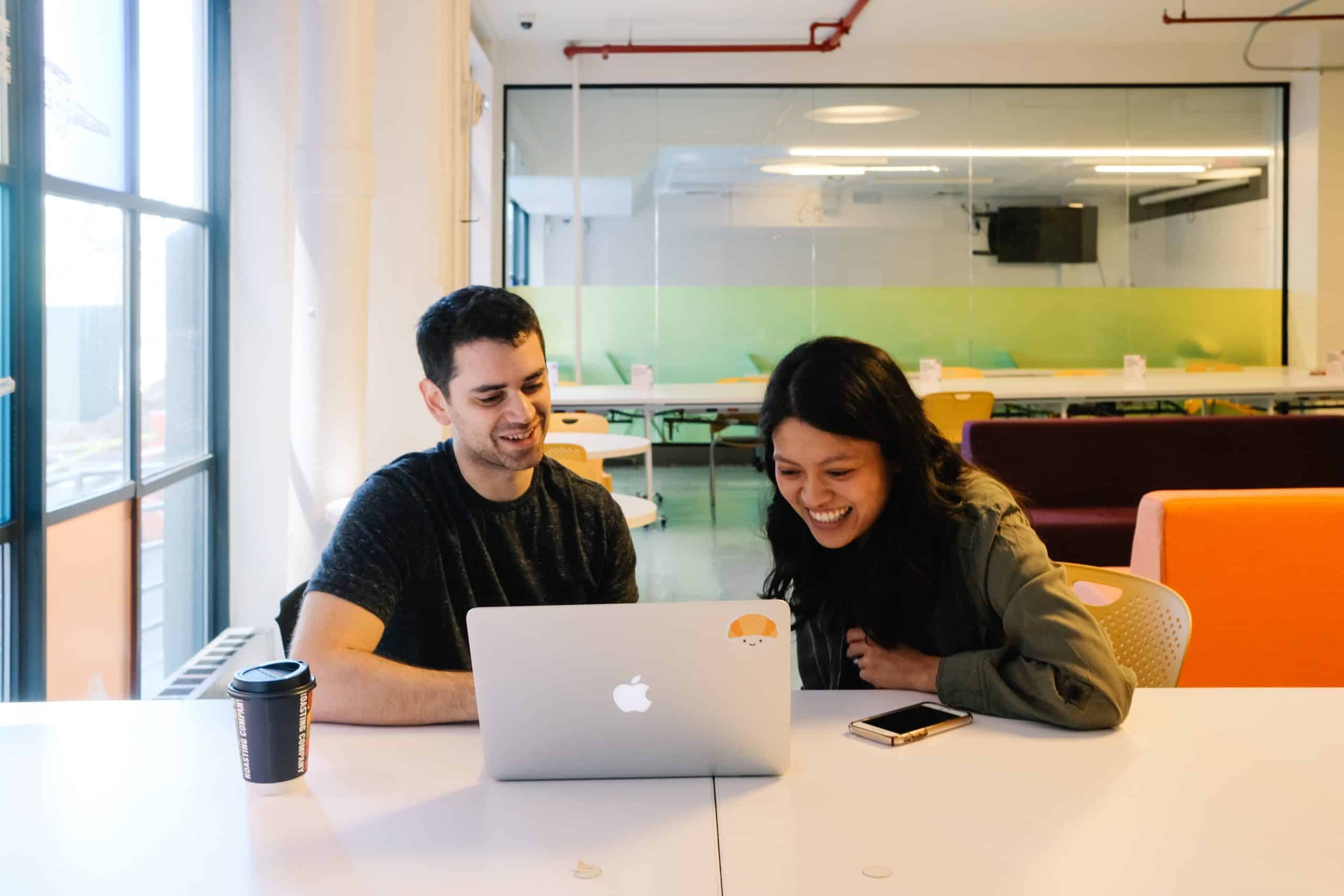Human Resources management can be surprisingly labour-intensive. The amount of “process” can be highly counterproductive, too, eating up time and resources. The new approach to HR management is automation.
Automation has a lot to offer for hardworking people who need all the time and space they can get. Increased efficiencies are across the board with HR automation, from the absolute basics to recruiting, and more.
HR Automation Essential Concepts
HR automation delivers a full suite of practical applications. There are many types and scales of HR automation and solutions, and all of them are highly productive. This technology is specifically designed for HR needs, including all facets of records, data management, and reporting.
HR automation isn’t quite “MYOB for HR”, but it is equally adaptable and flexible, suitable for any HR environment. Whether you’re a gigantic corporation or mid-range business size, HR automation is a very high-value asset.
HR Automation Features
HR automation technologies offer many useful features:
- Payroll: Spreadsheet-based records which integrate with any financial accounts system
- Tax records and forms: Payments, deductions, group certificates, new employee taxes, etc.
- Employee key data: Easy to manage personal records for all employees
- Staff evaluations and reports: These critical documents are created and recorded on the HR system
- Onboarding: Full-spectrum onboarding data for all new employees from day one.
- Recruitment: Automated recruitment is highly efficient, including a full record of applicants, job information, and all relevant additional documentation.
- Records management: HR records of all kinds are digitally stored, indexed, and easy to maintain. Most HR automation systems also provide backups to avoid loss of data.
- Time management information: Automated systems are ideal for HR managers who need shift data, travel records, and similar information.
- Employment type-specific data: Depending on the type of employment your company offers, like casual, full-time, or part-time, your HR automation system can manage all types of employment.
As you can see, there’s almost no limit to how these HR automation options can work for you.
Cost Benefits
The cost benefits of HR automation are irrefutable. These systems save a lot of money across the bandwidth of HR operations. From better records to better reporting and overall management, the old paper and earlier digital HR systems simply can’t compete.
Cost analyses show that even the most basic features of modern HR systems are exceptionally cost-beneficial. Far less time is spent on maintaining HR records. Many new systems also include capacity for employee inputs, like changes of address, marital status, payroll deductions, and similar features, as well as the HR inputs. The overall result is a far more accessible system with instant documentation wherever required.
The HR automation upgrade also has some very clear benefits:
Modernisation: Obsolete and “nearing end of product life” HR operations and methodologies can be phased out and HR operations can be brought up to current market standards. (Old systems can be serious liabilities, particularly the very old systems which are usually unable to upgrade, leaving HR with vast amounts of data to be laboriously put on the new systems.)
HR management: HR management is really about managing people, not endless processes. The fact is that many HR managers are well and truly lumbered with systems which interfere with their management roles. There’s no credible business reason why that should happen. HR automation is the all-round solution to this problem, in so many ways.
HR automation is the solution to so many HR management needs it’s now considered best practice around the world. If you’re looking for better options, explore HR automation. You’ll love it.





